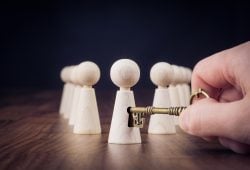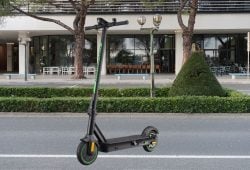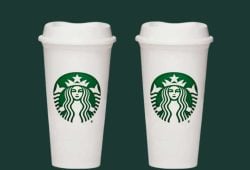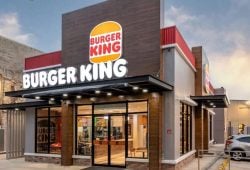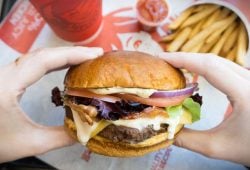-
Gamification is the application of game mechanics and techniques to non-game contexts, such as marketing campaigns.
-
When used in marketing, gamification can help businesses achieve goals such as building brand awareness and engagement.
-
To apply gamification to marketing efforts, businesses should identify their goals and the behaviors they want to incentivize.
In today’s highly competitive market, businesses are constantly looking for innovative ways to engage customers and drive business success. One such approach that has gained traction in recent years is gamification. By integrating game mechanics into marketing campaigns, businesses can create a more engaging and immersive experience for their customers, which can ultimately lead to increased brand loyalty, customer retention, and revenue.
So, what is gamification, and how can it be used to enhance your marketing efforts?
At its core, gamification is the application of game mechanics and techniques to non-game contexts. This can involve the use of game elements such as points, badges, leaderboards, and challenges to incentivize and reward desired behaviors. When applied to marketing, gamification can help businesses achieve a range of goals, including:
- Building brand awareness and engagement
- Increasing customer loyalty and retention
- Driving sales and revenue growth
- Encouraging customer advocacy and social sharing
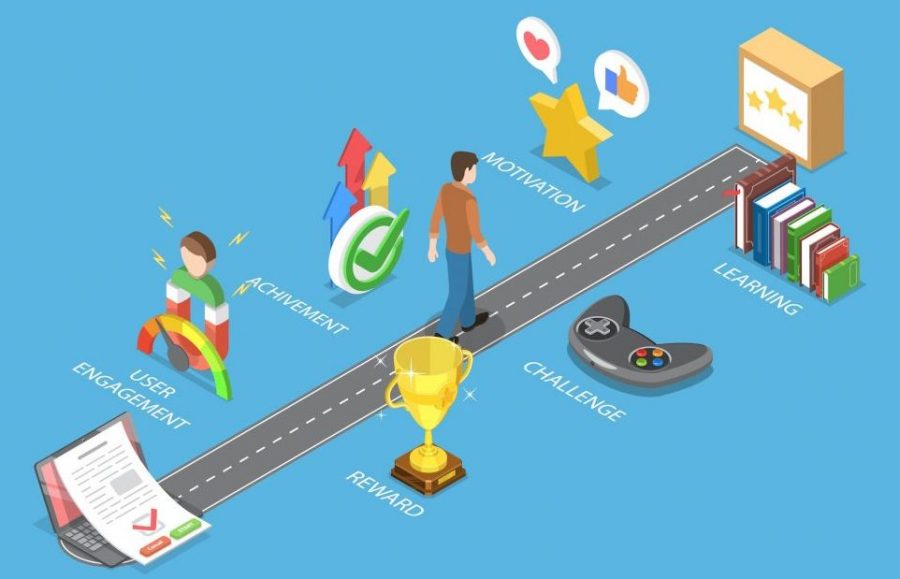
To see the benefits of gamification in action, consider the following examples:
Starbucks Rewards: The coffee giant’s loyalty program is a prime example of gamification in action. By rewarding customers with points for purchases, offering personalized rewards and challenges, and providing opportunities for social sharing and interaction, Starbucks has created a highly engaging and rewarding experience for its customers, leading to increased brand loyalty and revenue growth.
Nike Run Club: The popular fitness app gamifies the running experience by offering challenges, leaderboards, and personalized coaching to motivate and engage users. By tapping into users’ competitive instincts and providing tangible rewards for achieving fitness goals, Nike has created a highly successful and engaging marketing tool.
McDonald’s Monopoly: The fast-food giant’s annual Monopoly promotion is a classic example of gamification in marketing. By offering customers the chance to win prizes by collecting game pieces, McDonald’s creates a fun and engaging experience that drives sales and customer engagement.
So, how can you apply gamification to your own marketing efforts?
First, identify your goals and the behaviors you want to incentivize. This might include encouraging customers to make purchases, sign up for your email list, or share your content on social media. Once you’ve identified your goals, consider which game mechanics might be most effective in achieving them. This might involve creating a point system, offering personalized rewards, or implementing challenges and leaderboards to drive competition and engagement.
Another key factor in successful gamification is ensuring that the experience is seamless and intuitive for customers. This might involve creating a mobile app or website that makes it easy for customers to participate in your gamified marketing campaign, or designing clear and simple rules and instructions that make it easy for customers to understand and engage with the game mechanics.
Ultimately, gamification can be a powerful tool for driving business success, by creating a more engaging and immersive experience for customers that leads to increased brand loyalty, customer retention, and revenue growth. By understanding the key principles of gamification and how to apply them to your own marketing efforts, you can create campaigns that are not only effective, but also fun and rewarding for your customers.


